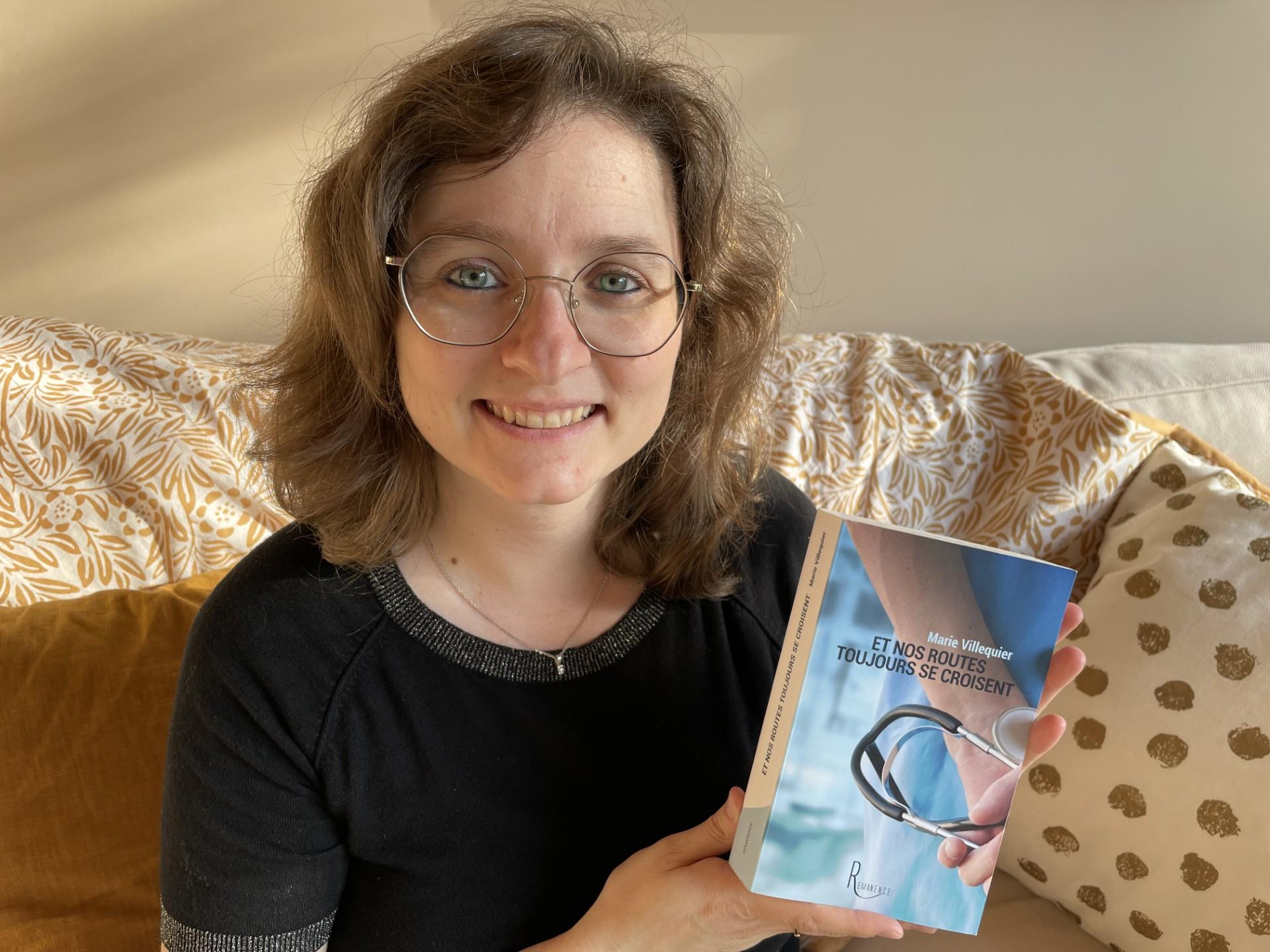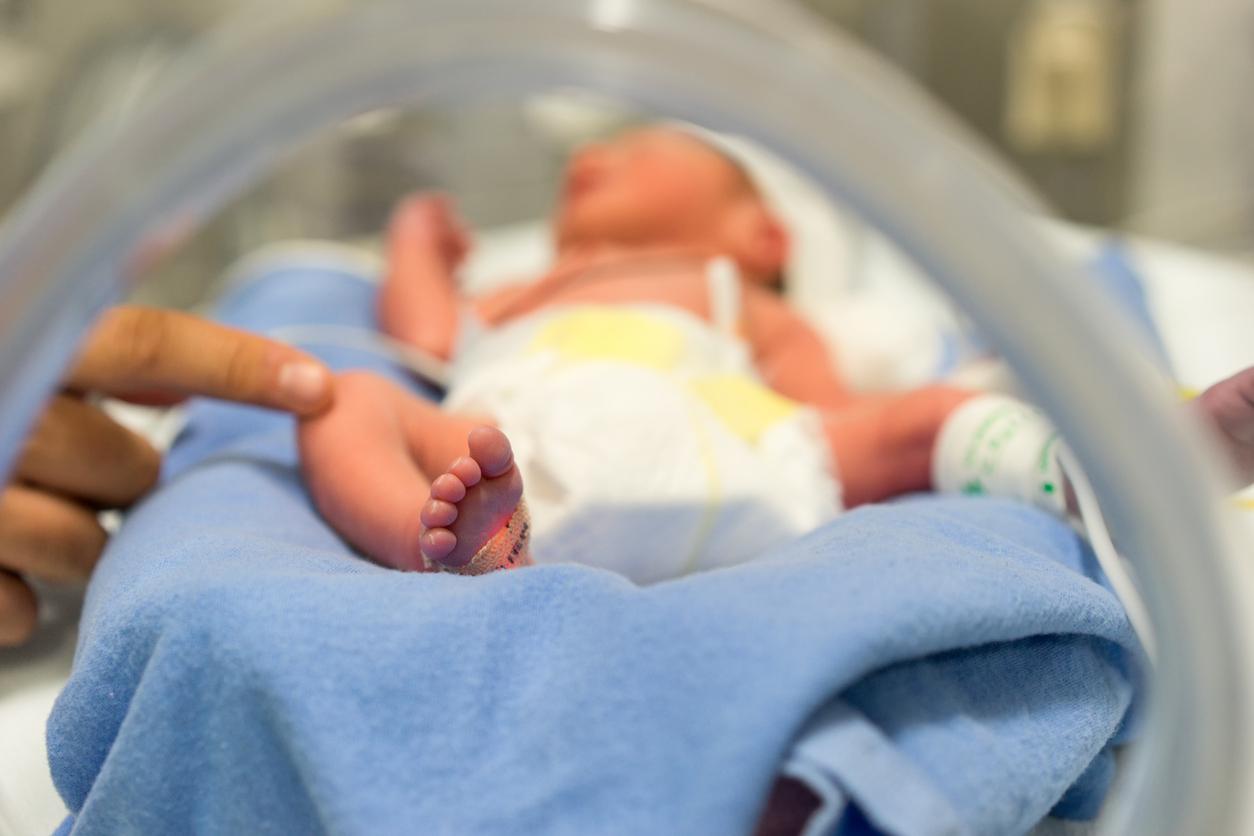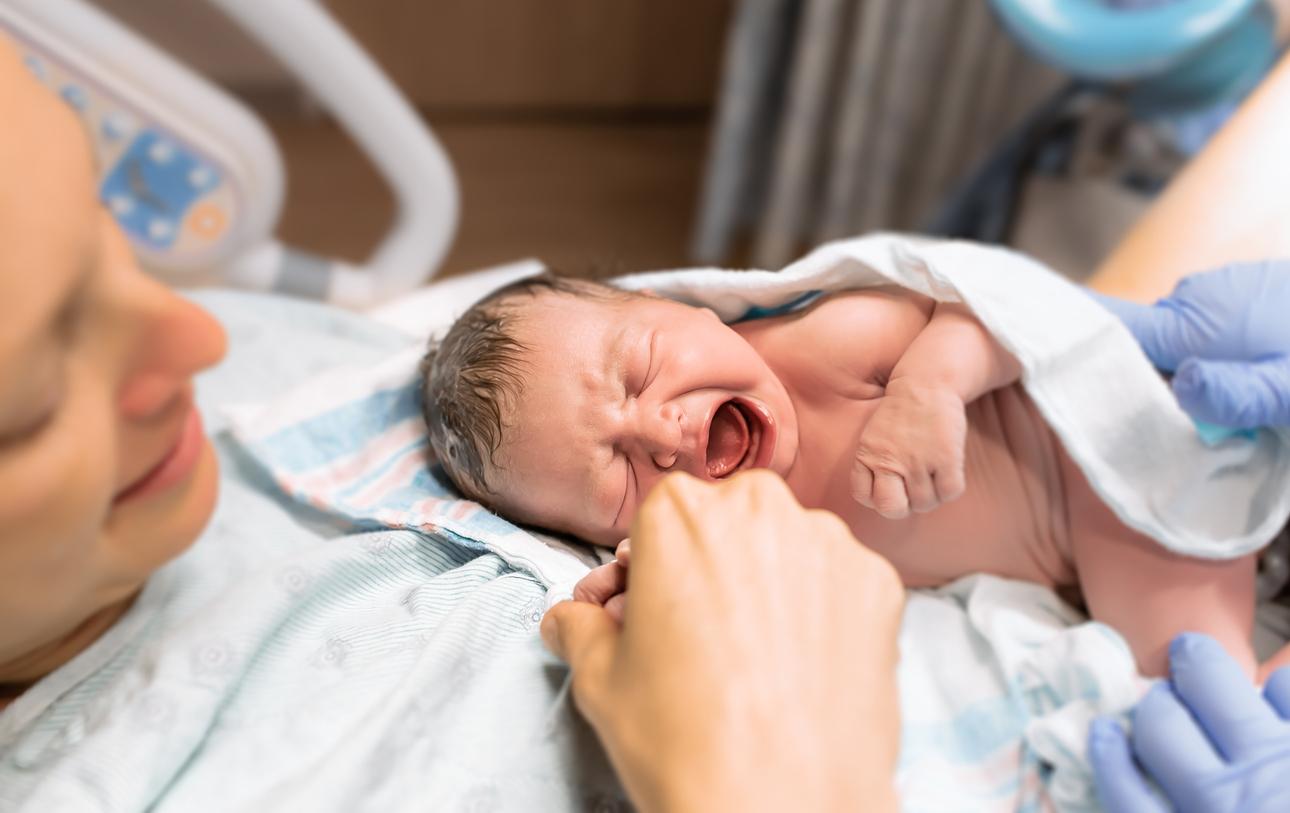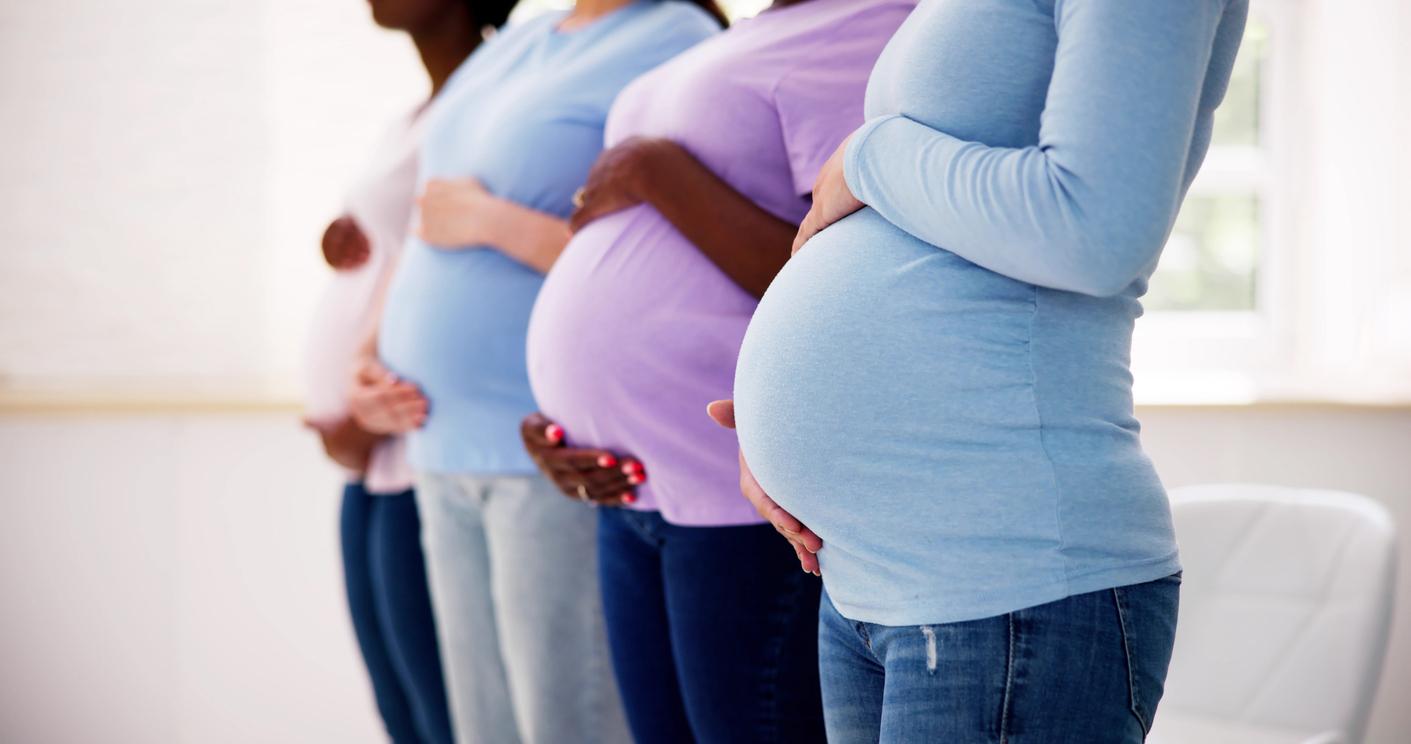Placenta accreta refers to a rare pathology, where the placenta is incorrectly inserted into the uterus. With the increase in caesarean sections, it is becoming more frequent and can have serious consequences.

The number of caesarean births has almost doubled in fifteen years worldwide. In France, the caesarean section rate has been stable since 2010, at 20.4% (in 2016), with a disparity between departments. This is not a trivial medical act, because the caesarean section can be accompanied by quite serious consequences for the mother and the child: uterine rupture, premature birth or even death. Among these consequences also, the placenta accreta, a rare pathology, but which is favored after a cesarean section.
What is placenta accreta?
We speak of placenta accreta when the placenta remains attached to the superficial part of the uterine wall, instead of detaching after childbirth. In other words, the placenta is incorrectly inserted into the uterus. Diagnosing placenta accreta is difficult because its causes are still unknown.
On the other hand, the figures show that the pathology occurs most often in women who have already undergone a caesarean section, or in women who have had several abortions. Before birth, gynecologists make observations during ultrasound scans. In case of doubt, the patient is invited to undergo an MRI. When the diagnosis is not made, the pathology can be discovered on the day of delivery.
Health risks for mother and baby
It is during childbirth that the risks are highest for the mother and the child. During pregnancy, future mothers risk uterine rupture or invasion of the placenta on neighboring organs.
During childbirth, placenta accreta can lead to postpartum hemorrhage – a major complication – which can be accompanied by infection, anemia or the risk of embolism. Some doctors, to avoid recurrence, suggest inducing delivery by caesarean section. And this, to minimize the risk of hemorrhage and to ensure, after birth, that the placenta is completely evacuated.

.















